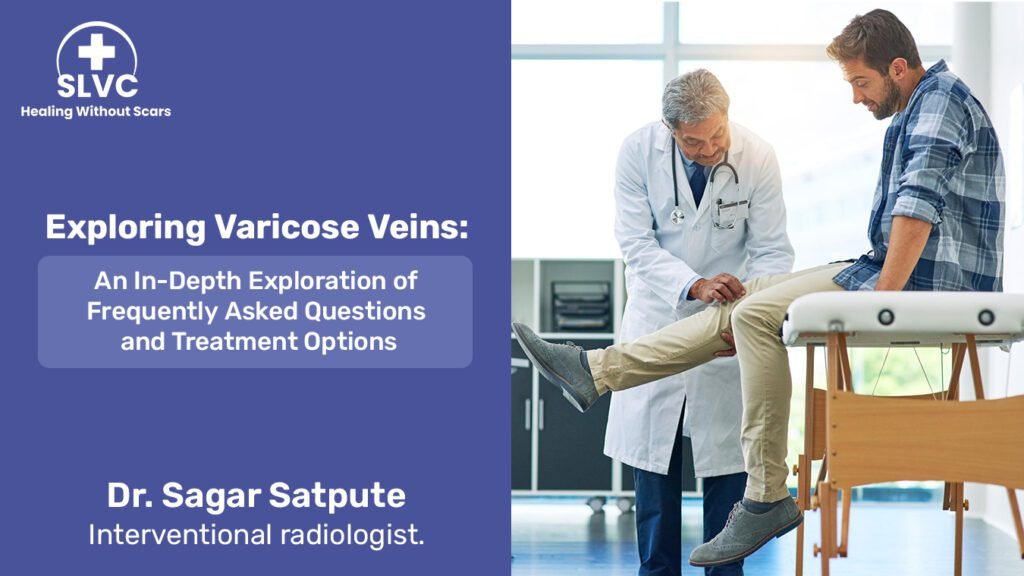Regular exercise is a cornerstone of preventing varicose veins, promoting healthy circulation, and strengthening the veins. Physical activities such as walking, swimming, and cycling are particularly beneficial. Maintaining a healthy weight reduces the strain on the veins, minimizing the risk of varicose veins. A balanced diet, coupled with regular exercise, contributes to weight management and overall vascular health. Long periods of sitting or standing can strain the veins, contributing to the development of varicose veins. Taking breaks, stretching, and changing positions regularly can mitigate this risk. Additionally, elevating the legs periodically, especially after extended periods of standing or sitting, facilitates blood flow back to the heart, alleviating strain on the veins and reducing the risk of varicose veins.
